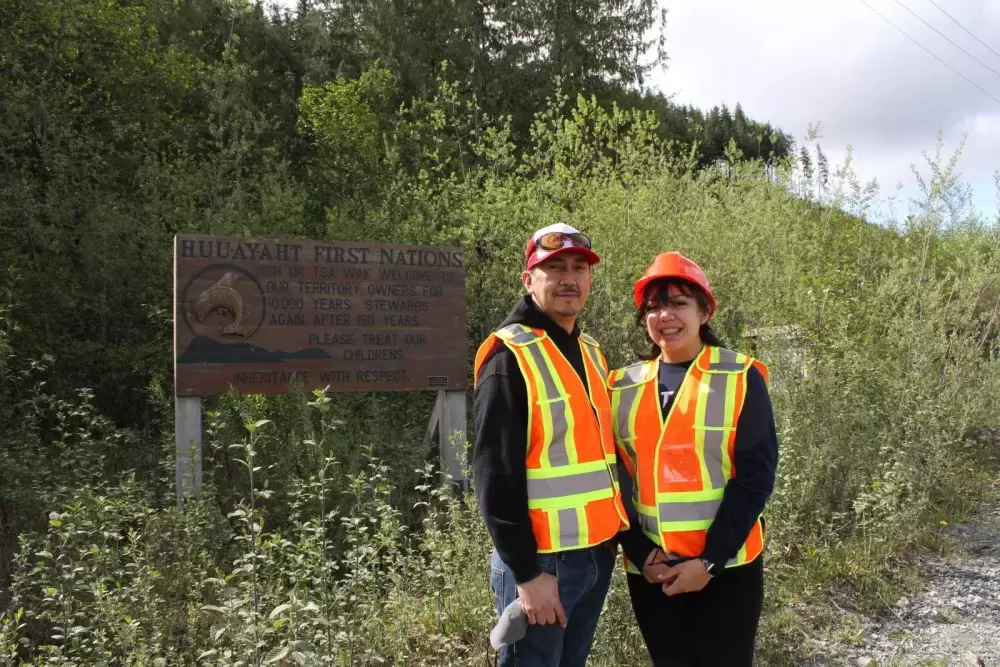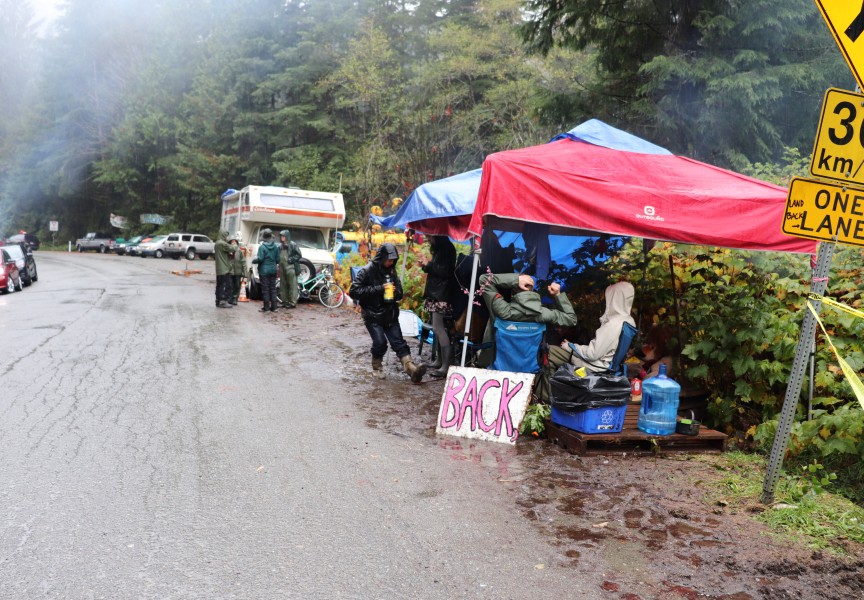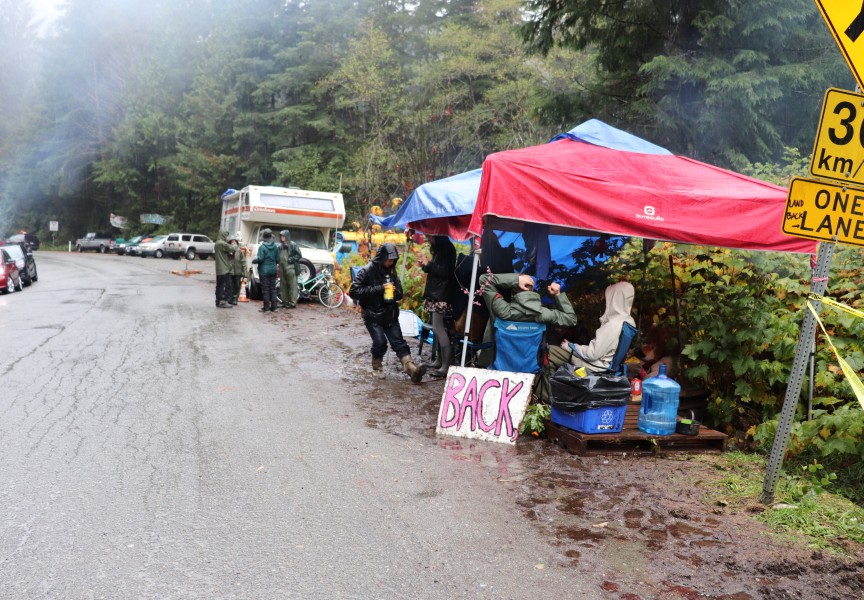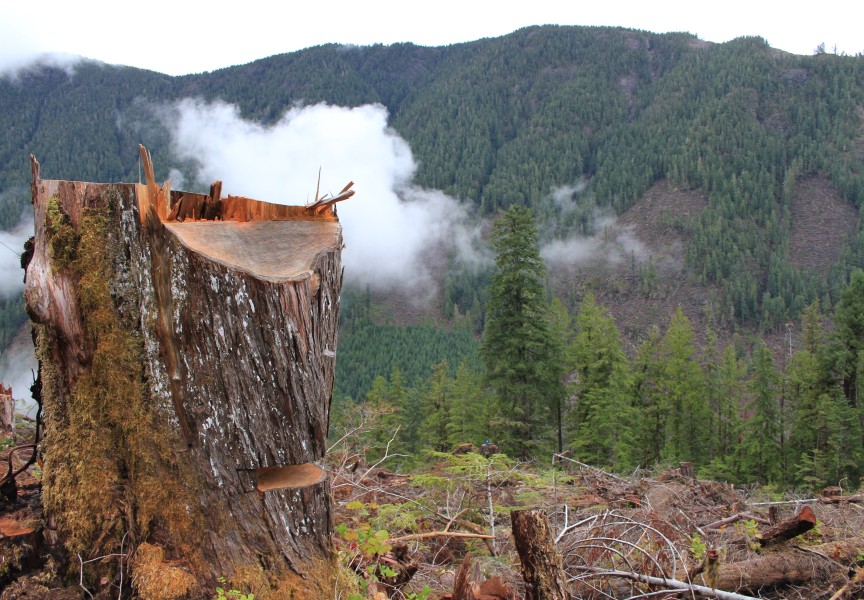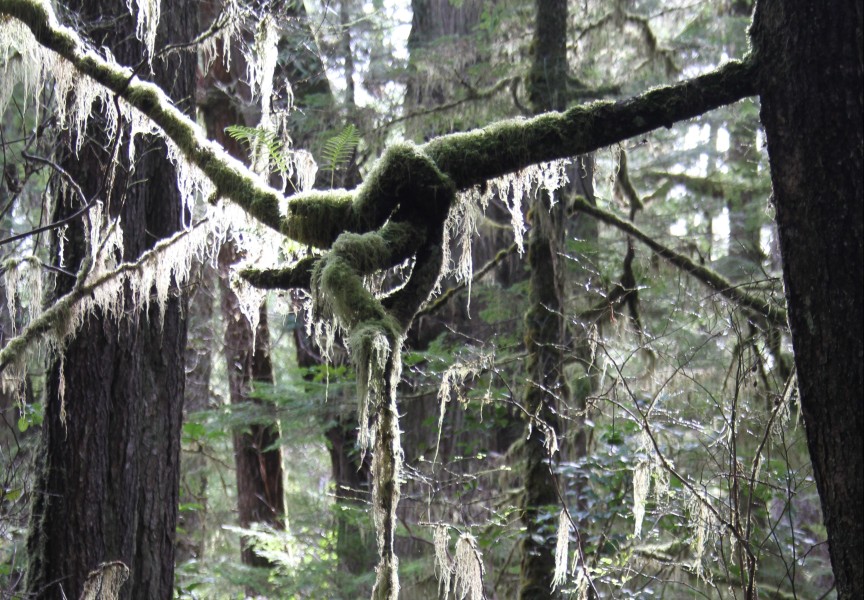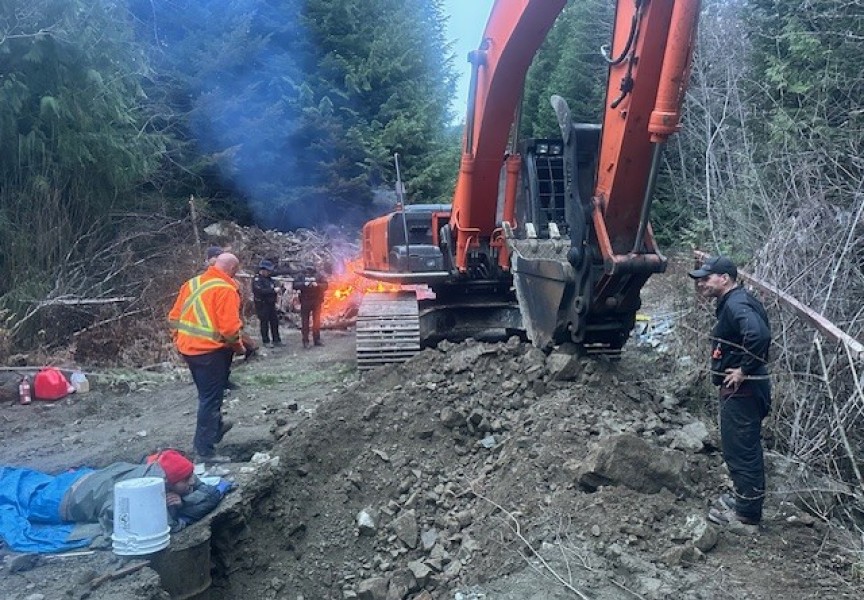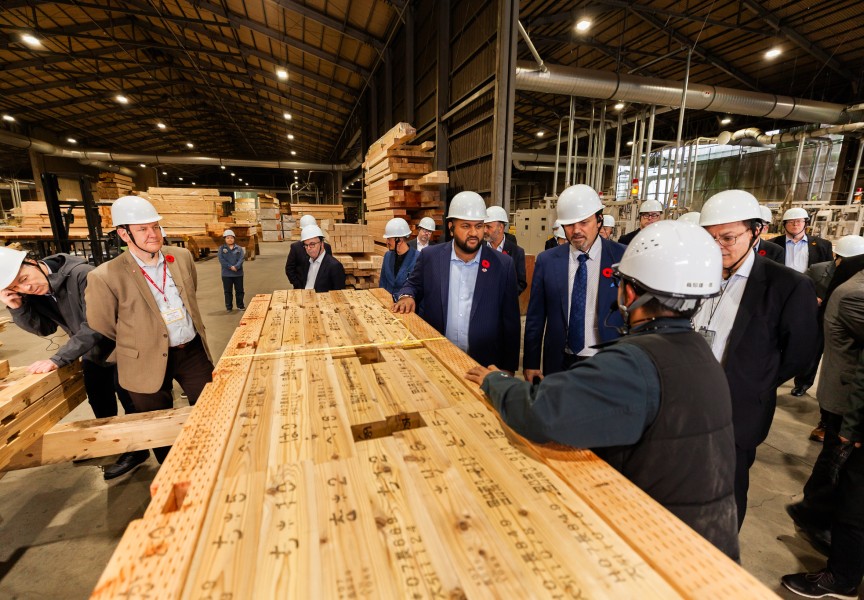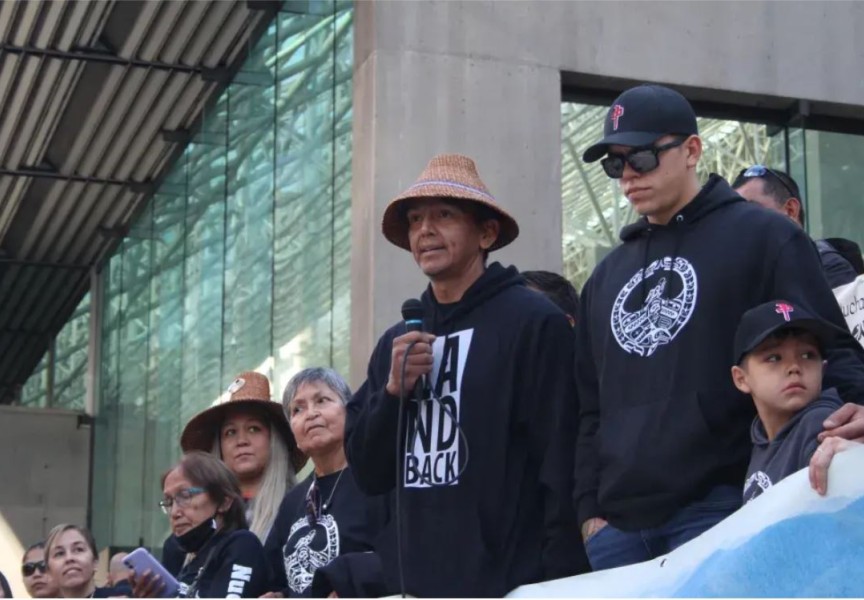The Huu-ay-aht have tentatively agreed to protect the old growth recently identified by a provincial panel – with the exception of 645 hectares needed to continue forestry operations in the First Nation’s territory over the next two years.
Announced Dec. 1, the statement represents a balance between the First Nation preserving forest for future generations, and the immediate need to keep employment and business interests going.
“As a modern treaty nation, Huu-ay-aht will decide how best to manage our lands and resources guided by our three sacred principles of ʔiisaak (utmost respect), ʔuuʔałuk (taking care of), and hišuk ma c̕awak (everything is one),” stated Tayii Ḥaw̓ił ƛiišin (Hereditary Chief Derek Peters). “We expect broad recognition and respect for our old growth two-year deferral decisions and our long-term forest and resource stewardship decisions.”
The announcement came one month after the province identified 2.6 million hectares of old growth deferrals across British Columbia, which would be in effect for two years. Contingent on discussions with the First Nations whose territories cover these old-growth areas slated for protection, Indigenous communities were given 30 days to respond to the province’s deferral notice.
Maps provided by the provincial government identified 14,754 hectares of old growth in Huu-ay-aht territory to be conserved. While most of this area was already protected or not planned for harvest, four per cent of the forest identified for deferral was already in the Huu-ay-aht’s harvesting plans. Halting this cutting over the next two years would put the First Nation’s forestry operations in “serious jeopardy”, resulting in “significant economic harm” for Huu-ay-aht citizens, Bamfield and the Port Alberni region, said the First Nation.
“These deferrals would have an impact on small portions of many different harvest areas in a variety of ways, including making entire harvest areas uneconomic or inaccessible or making the deferred portion subject to forest health concerns such as windthrow,” read a statement from the Huu-ay-aht.
“That four per cent landed on currently approved cutting permits or where submissions were going to be made for those cutting permits,” explained Chief Councillor Robert Dennis. “We will continue to uphold our rights to old-growth harvesting in the four per cent.”
The Huu-ay-aht have claimed a growing stake in forestry operations within their Ḥahuułi in recent years, including the partial tenure ownership of Tree Farm Licence 44, which covers a large section of Crown land south of Port Alberni. Over 40 of its citizens work in forestry, and the First Nation aims to have another 50 employed in the industry in the coming years. Annually forestry accounts for 60-75 per cent of revenue generated by the Huu-ay-aht Group of Businesses.
According to the provincially commissioned Old Growth Strategic Review released in 2020, B.C. is undergoing a “paradigm shift” in how trees over 250 years in age are managed. With guidance provided by the Old Growth Technical Advisory Panel that the province assembled in June, the areas recently slated for deferral represent a “shift to prioritize ecosystem health,” stated the Ministry of Forests, Lands, Natural Resource Operations and Rural Development.
But the Barkley Sound-based First Nation can’t afford to save everything the province has identified, cautioned Dennis.
“If the province doesn’t agree to what we want, it will be totally devastating for the Huu-ay-aht First Nations,” he said. “People will lose their jobs, we will lose revenue and a lot of forestry activity will cease because we just can’t afford to log based on provincial policies that are coming up.”
The Ministry of Forests said it is working with all of B.C.’s 204 First Nations over old growth deferrals in their territory.
“The days of making unilateral decisions without First Nations rights and title holders are over. That means meaningfully consulting with rights and titleholders before making decisions – including deferrals,” stated the ministry in an email to Ha-Shilth-Sa. “True reconciliation means meaningful partnerships, listening to First Nations, and trusting their stewardship of their territories.”
Concern over the future of B.C.’s coastal old growth has gained international attention in the last year, with continuing protests near Port Renfrew over the protection of the Fairy Creek watershed. Enforcement of a court injunction has so far resulted in over 1,100 arrests.
But old growth in Huu-ay-aht territory is far from depleted, according to analysis done by the First Nation. Of the 153,773 hectares of productive forest identified within its Ḥahuułi, one third, or 51,240 hectares, is older than 250 years.
“I know we have a substantial amount of old growth in our territory. It’s not disappearing,” said Dennis. “The vast majority of the current old growth stands in our territory will be left standing.”
In the past logging has taken a damaging toll on Huu-ay-aht Ḥahuułi, as 62 per cent of the Sarita River watershed was depleted by the 1990s, including nearly all of its floodplain. But as the First Nation works to take a leading role in forestry, the future will be different, said Dennis.
“Sustainable forest management is our primary goal…our land, our forest, our decision,” he said. “Where proposed harvesting will affect our watershed, we will adjust it so that doesn’t happen. For example, we may increase the riparian zone. If it only calls for 50 metres, sometimes our chiefs have called for 200 metres.”
A final decision on the province’s old-growth deferrals in Huu-ay-aht territory is expected in early 2022.
“I repeat that this is our preliminary determination and Huu-ay-aht reserves the right to reduce, increase or otherwise modify the deferral area,” added Dennis. “As noted in our news release, Huu-ay-aht is expecting to make a final determination by-mid January 2022.”

